city of adab









d enlil


d zuen(sin)
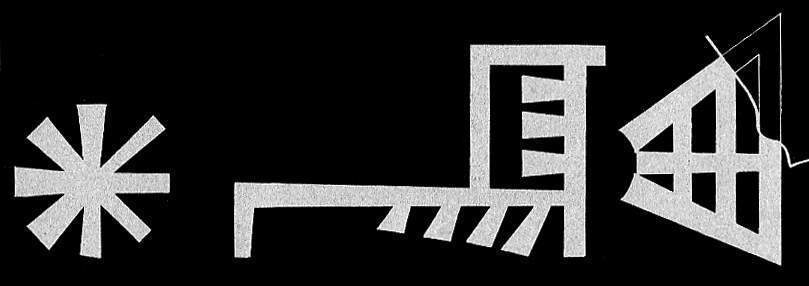
an-im-mi
sometimes followed in various texts by the line an-im-mi
(anzu)-mušen, meaning “The bright
Thunderbird” (or bright Anzu-bird), and Andrew George has made an
interesting suggestion
that the extended name of the temple (é-ninnu anzu-mušen-babbar)
should read “The House
fifty (white Anzu-birds)


d mah






naram-sin...d na-ra-am-d-zu-en,
wasnt he one of the first, or the first who had the dingir determinative in his name?

d nin-gir-zu


d nin-hur-sag



d ra-ni...not sure too

e-an-na-tum

e_she_ul_pa_ud_du ensi of adab, interesting here is that in the second
line pa-te-si there is a leading nig, never seen that before
he was the one mentioned in the book lost city of bysmaya, chapter history of adab

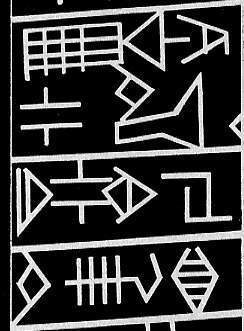



e-an-na-tum, ensi of lagash

E-ninnu, the temple gudea buildt
The name Eninnu
The meaning of this temple name is not clear; é-ninnu literally
means “the house of fifty” or
“the fifty-house”, but it is uncertain what the number refers
to. The word é-ninnu is
88 Cyl. A v, 20. The sun that rises from the horizon in Gudea’s
first dream, is interpreted by Nanshe to symbolize
Ningishzida.
sometimes followed in various texts by the line an-im-mi (anzu)-mušen,
meaning “The bright
Thunderbird” (or bright Anzu-bird), and Andrew George has made an
interesting suggestion
that the extended name of the temple (é-ninnu anzu-mušen-babbar)
should read “The House
fifty (white Anzu-birds)” 92. However, Edzard93 disagrees and points
out that the word “fifty”
(ninnu) ought, according to grammar, to stand after an-im-mi-mušen
and not before it.
Moreover, it seems to me that the following line from Cyl. B94 further
supports interpretations
like that of Edzard, as it reads exactly like the above but omitting the
word “fifty”: “é an-immi-
mušen…” (“The House, the bright Thunderbird…”).
If “fifty thunderbirds” was the
temple’s epithet it would seem strange to mention the object(s)
but not the number in random
lines, as there being “fifty” (and not, say, forty or sixty)
would supposedly have been
symbolically significant. It is hard if not impossible to arrive at safe
conclusions when dealing
with the Sumerian language as so much remains uncertain, and most translations
simply
interpret the second part of the line as “the bright Thunderbird”
(or whatever akin adjective or
name they chose) as an epithet to Eninnu, leaving the name itself open
to interpretation.
Another possibility is that the ‘fifty’ refers to the fifty
me that Enlil bestows upon
Ningirsu for safekeeping. As mentioned above fifty is the particular number
of Enlil, and as
he acts as the highest authority when it comes to divine decisions (including
those concerning
temple building) as well as the fact that he is Ningirsu’s father,
it would not seem unlikely if
the name refers either to the fifty me or even to Enlil himself.


d en-lil

en-nu-a some king...maybe adab
![]()
gudea, ensi of lagash


d inanna


city of kish


city of lagash




lugal through periods edIII to urIII (mixed)



![]()
![]()

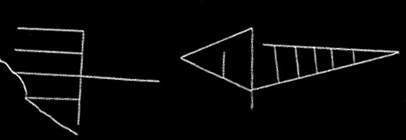
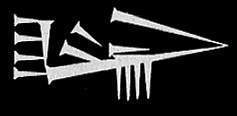



![]()

medurba, king of adab

mesalim, king of kish(world)


shulgi, (no idea what line 2 means) king of Ur, king of sumer and akkad

same

same
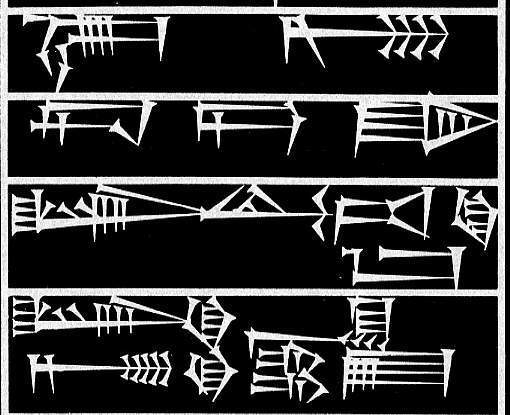
city of umma

city of ur



urlugaledinna, king of....uhm...he was mentioned as a father of someone,
name wasnt on the image, its from lagashII period
Egyptian hieroglyphics dating from c. 3500 BC show the presence of numerous types of animal, and historical evidence in China, c. 4000-3000 BC, records the use of herbs for curative effects; but animal healing is thought to have begun in Mesopotamia, c. 3000 BC, with the first known veterinarian, Urlugaledinna.
